Many stories exist of hidden mines in the North Fork of the Duchesne. One such story was told in George Thompsons book “Faded Footprints” pg. 76.
“Not long after the Ute Reservation was opened to settlement, Frank DeFa established a ranch along the North Fork of the Duchesne River. Several old men in that area still say that DeFa knew of a secret place where Indians who worked for him obtained gold; they say from an odd looking blue-colored rock. They say that DeFa would ride his old gray horse from his sawmill at the ranch and would go up into the mountains. A few hours later he would return with a grain sack about hall full of that odd blue rock. He would never talk about or reveal the Indian’s secret, so no one knew just where he got that unusual rock, but all of those old-timers say there was plenty of gold in it.“
If he could travel to and from the mine in just a few hours, including the time to work the mine and load up the ore, then it can’t be far from the old sawmill and DeFa ranch. The question is… which direction did he travel?

Could this be what the blue rock looked like? This is a gold ore sample from Georgia’s Dahlonega Mining District. The whitish-gray material is quartz (SiO2 – silicon dioxide). The dark iridescent blue material is bornite (Cu5FeS4 – copper iron sulfide). The metallic yellowish material is native gold (Au).
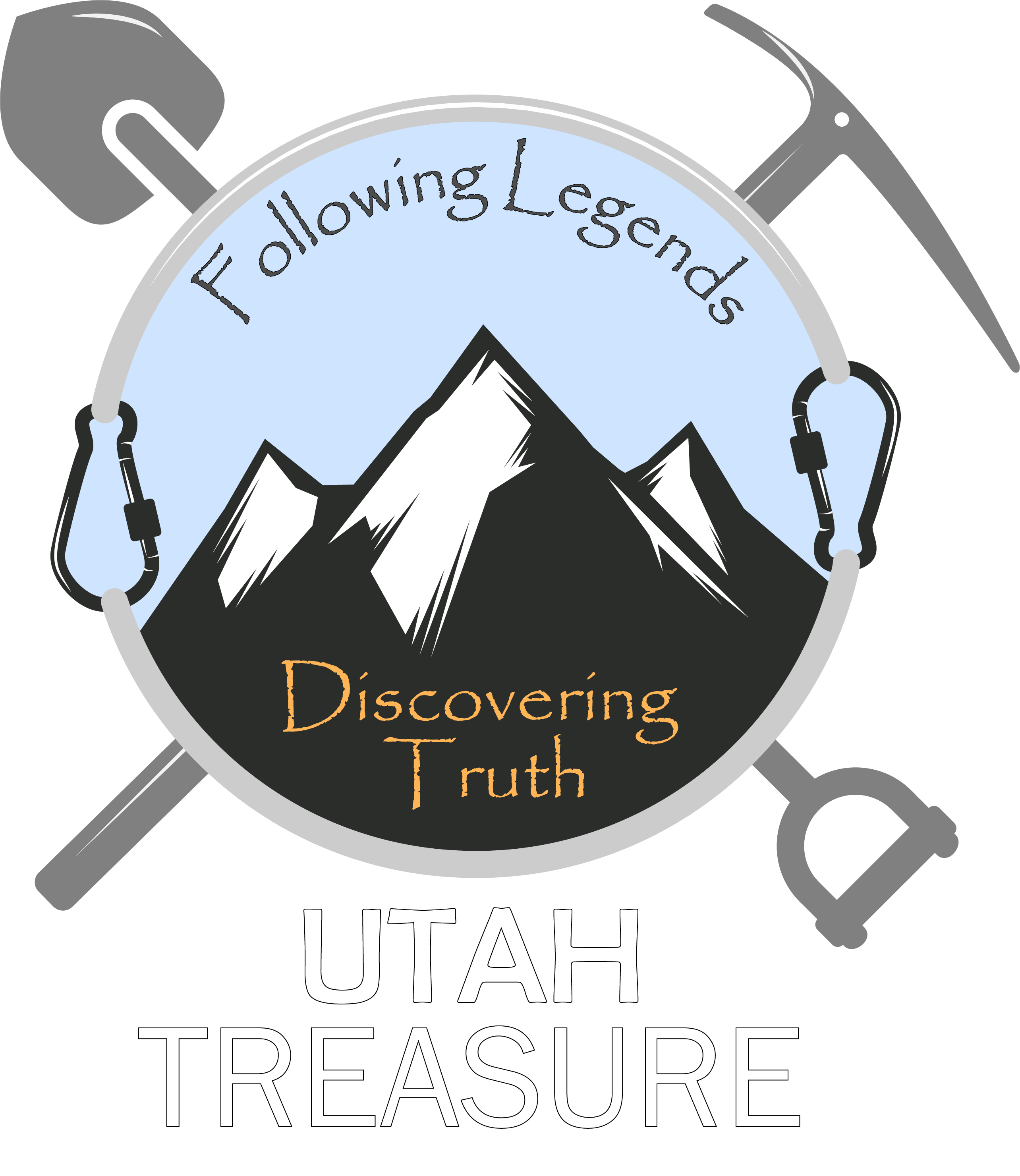
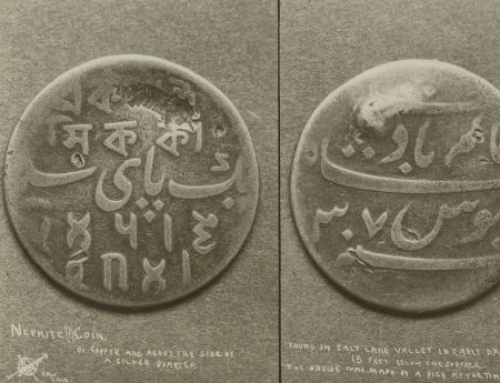
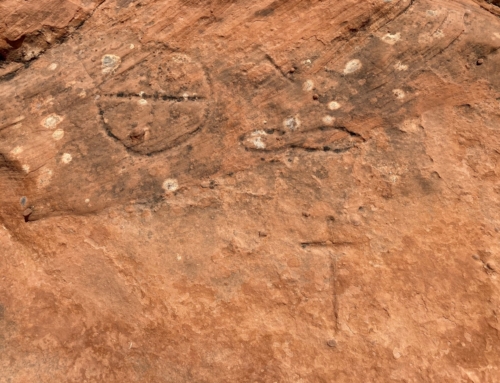
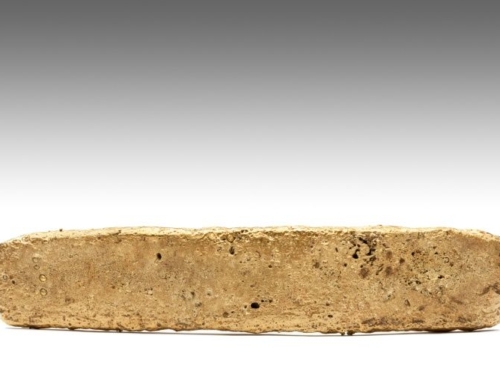
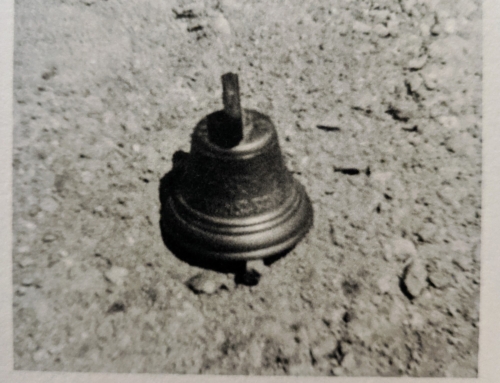
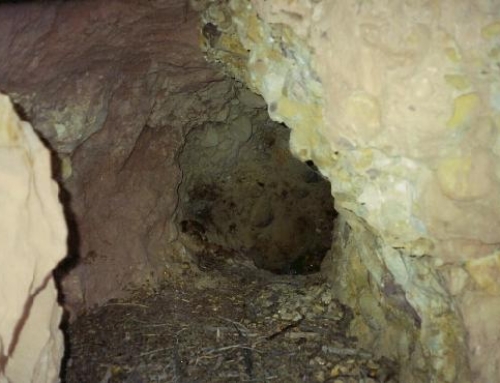
Leave A Comment